Playing Final Fantasy VII Rebirth feels like coming home after years away. I say this as someone who spent my childhood posted up in my sister’s room, watching her explore Midgar on a grainy CRT TV, pointing out every chest, hidden walkway or unspotted Fiend like my life depended on it. Sitting down in front of my TV over two decades later to play the second installment in the Final Fantasy VII remake trilogy takes me right back (even if I have more back issues now) to the good old days. But, unlike replaying an old favourite only to find it’s not as sparkly, immersive, or realistic as you remember, Final Fantasy VII Rebirth somehow manages to evoke memories with a clarity and depth that wasn’t there to begin with. And to me, that feels like pure magic.
We’re not in Midgar anymore
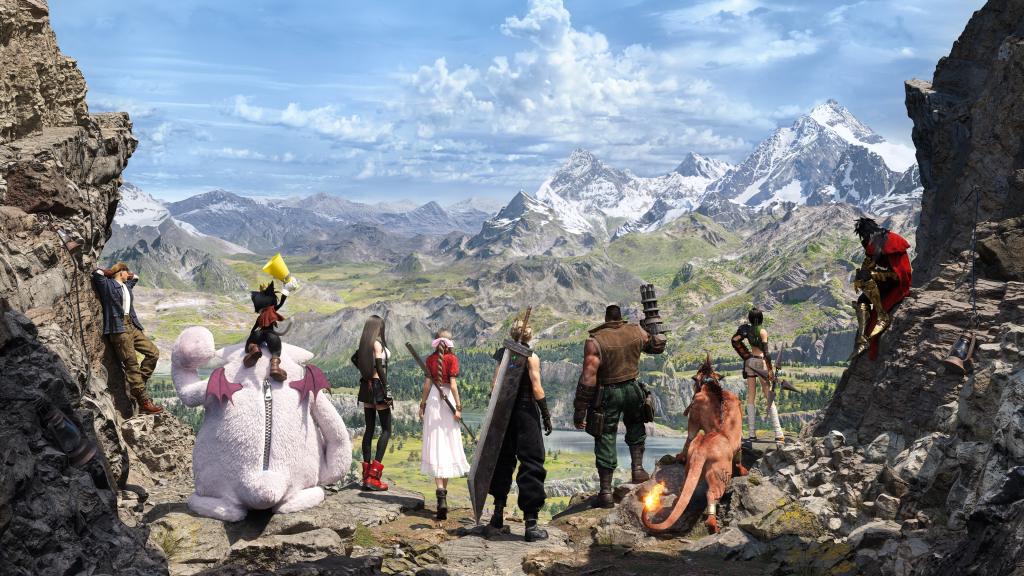
Final Fantasy VII Rebirth sees Cloud and friends go beyond the city of Midgar and into the big, wide world. And what a big world it truly is, in terms of both scale but also the level of detail that’s gone into crafting it from the ground up. Cities teem with life and passers-by on the street all have thoughts on current events, caught in snippets you pass. Little corners of the map are home to abandoned temples, crumbling windmills, and tiny homesteads, all with a story to tell. Square Enix has spoken at length about how far the open world aspects had been dialled up this time around. I can confidently say it delivers on this and then some. The level of choice you’re presented with is, at times, overwhelming – side quests, World Intel, minigames to play. But as easily as you can dig into all these smaller details and side stories, you can bypass them entirely, or revisit at a later date if you’d prefer.
Final Fantasy VII Rebirth’s minigames and side quests themselves feel fully realised as opposed to an afterthought, building on what the original already had and expanding on it in new and engaging ways. While familiar minigames like G-Bike make an appearance, one particular standout to me is the introduction of Queen’s Blood, a card game that inhabitants around the planet are more than willing to challenge you to in a similar vein to The Witcher’s Gwent. While Irarely engage in to pen world filler in favour of focusing on the main story, I found myself scouring every settlement for a challenger, booster packs in stores, and amending my decks whenever given the chance. Other challenges like the (horrific looking) Mooglet Roundup were also enjoyable additions, and most offered real-world rewards beyond killing time to incentivise going beyond the main questline.
It’s the fleshing out of the world of Final Fantasy VII Rebirth that really makes it shine as a modern take on an iconic RPG. When Final Fantasy VII released in 1997 (almost six months before my birth), its use of full motion video and 3D graphics made it a technological marvel , but given the constraints of the time it was ultimately a very linear adventure. Rebirth takes the core DNA of the original and reforges it for a modern iteration of the RPG genre. Story beats and pacing are tweaked here and there – understandably, given the original has been cut into three separate games for the project – but it retains the same charm, heart, and overall message .
The unknown journey continues
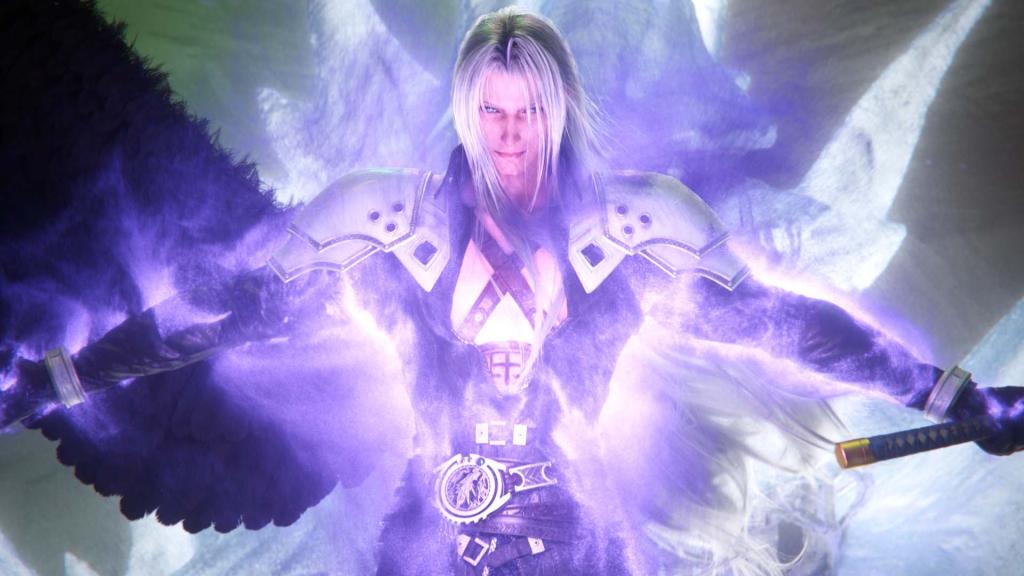
While the expansive world and its many little additions make up a core part of the choice and freedom of Final Fantasy VII Rebirth, this also extends to interactions within your own party, too. Every once in a while, you’re given the chance to chat with your companions and make dialogue choices that can help or hinder your individual relationships. These little vignettes aren’t just extra meat to the overall story but serve a mechanical purpose in the form of your party level and bond. This allows you to upskill each character via their folios, learn new Synergy Abilities (more on that soon), and become stronger in combat. The interweaving of even optional story and gameplay into the overall mechanics makes every part of Final Fantasy VII Rebirth feel all the more intentional, and therefore more enjoyable to partake in.
While some parts of the Final Fantasy VII Rebirth story do offer you some form of choice, there are of course those big moments where you just have to sit back and experience the world as it happens around you. Cinematics are rendered in crisp quality befitting any Square Enix game, from the pores on Cloud’s face to each strand of Red XIII’s fur. This graphical quality extends beyond main cinematics, too – although, there were some small moments where lighting would take a moment to adjust when moving between dark and bright locations, or hair seemed a little out of place. Outside of these little issues, the world and the people in it are rendered with such realism that at times I simply had to stand back and take it all in. Thankfully, the in-built photo mode allows you to take screenshots from a range of angles, with or without the party and HUD in the way – and there’s even side quests that encourage you to do so and lead to picturesque views.
Vocal performances bring a lot of soul to dialogue once only experienced in text-form, and it’s a testament to the voice actors for bringing each character (even side characters and brief appearances) to life in a whole new light. The merchant in Junon’s voice almost cracks in joy when a customer wants to shop with her, Barret brings a brash confidence to every wisecrack along the road.
The story itself is gripping, and despite being a remake of the original manages to bring new surprises at each turn. I won’t be going into depth on any particular story beats here so you can all experience it for yourself, but suffice it to say that Final Fantasy VII Rebirth presents an engaging, iconic story that has well and truly been reborn into something fresh, new, and heartfelt. The darker moments are punctuated by moments of campiness and lighthearted dialogue in much the same way as the 90’s original, another way the overall feel of Final Fantasy VII has been retained despite the gargantuan effort to remake the title for an entirely new generation of players.
Final Fantasy VII Rebirth explores a range of themes, some more complex than others. It explores life and death (birth and rebirth) and how neither are quite as straightforward as they seem from the outset. Is something so permanent as death truly so? Is something so ancient and everlasting as the planet not at risk of complete decline if pushed hard enough? And yet, despite the inhabitants wreaking havoc on the world, is nature not resilient enough to recreate itself and regrow in new ways, even if not the same as before? Life goes on even in the face of death, and death comes for everything even in the face of unrelenting perseverance. These are all broad strokes, yes, but we’re unable to share any spoilers or more in-depth story discussion just yet – you’ll have to play it yourself on release to see.
Synergised combat
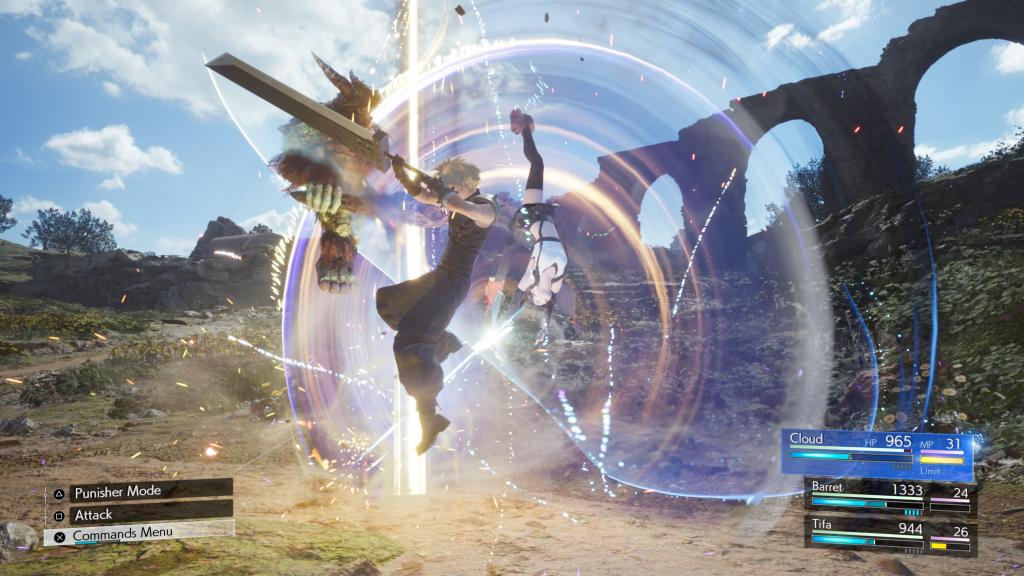
Final Fantasy VII Rebirth handles combat in a similar manner to Remake, ditching the turn-based system for real-time combat. I’ve waxed lyrical about my loyalty to the original turn-based encounters of the Golden Age of Final Fantasy games many times, but the approach to combat in this game may have just converted me. While quick battles can feel a bit like a hack-and-slash fest, the use of ATB charges for abilities, spells, and even using items retains some of the strategic, slow-thinking gameplay I’ve known and loved for years. Sure, you can cast Firaga on that Flan right now, but how long until you can use a potion or Phoenix Down to revive your party member? Everything is considered, and the slowing of battle while you make these choices means even those with slower reflexes (like myself) can still make the most of the system. Much like the rest of the game, Rebirth’s combat is the best of both worlds: aspects of the original, with a modern twist.
While combat remains much the same as Remake, one of the new additions is that of the aforementioned Synergy Abilities. These abilities vary depending on your party makeup and your character’s folios (and therefore your overall party bonds and level), and add a similar showstopping feel to battle in the same vein as Limit Breaks do – which also make a comeback. Different Synergy Abilities might work better for some enemies and circumstances, so choosing wisely both when it comes to which ability and which party members adds yet another layer of strategy to the gameplay. As an added touch, the party splits at various points into different combinations, forcing you to try out new strategies, combat styles, and synergy abilities – almost forcing you to break out from settled go-to’s in favour of getting the full experience.
While combat in Final Fantasy VII Rebirth was enjoyable in a whole new way, it became clear very quickly that managing ATB charges and different party members could quickly become overwhelmingly difficult. In a number of boss battles in the early to mid game, I found myself dying repeatedly due to a lack of charges to cast healing spells or throw out items (and an inability for other party members to do so while not being actively controlled, depending on which materia was equipped). Managing foes with massive health bars while simultaneously not experiencing a TPK is challenging even at the best of times. While a challenge is more welcome than breezing through enemies that are meant to be major adversaries on your quest, at times it did become frustrating. However, whenever hitting a roadblock like this, roaming through the huge world in search of fiends or quests to level up, reskill, and restock items would usually do the trick – something that wasn’t always the case in the original. The Item Transmuter is a particular lifesaver in situations where there isn’t a merchant of some sort nearby and going into battle without much-needed equipment would spell a death sentence.
As mentioned, Final Fantasy VII Rebirth leans into folios, skill trees, and weapon upgrades in much the same manner as many games in the franchise (and RPGs as a whole). While most of these are relatively simple to navigate and come with quick tutorials to get a handle on them, spaced out enough to avoid information overload, it did at times make things feel somewhat bloated. Perhaps this is the story-focused side of me talking, despite being a fan of the combat, and wanting to persevere on to uncover more of the world as opposed to more of the extensive folios.
A return home
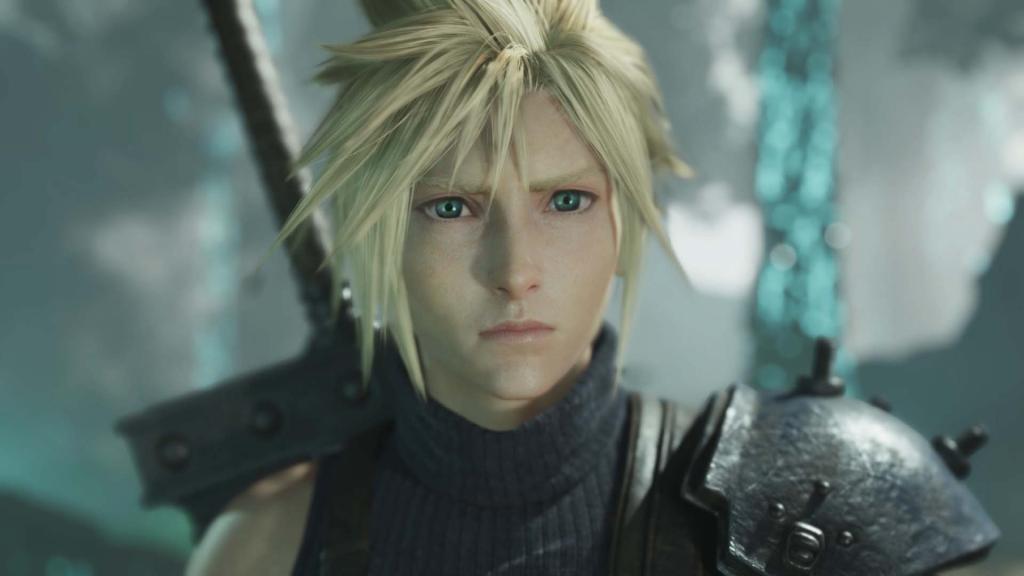
Final Fantasy VII Rebirth is a leviathan in and of itself. It’s expansive in ways even Remake couldn’t achieve, with a living, breathing open world filled to the brim with intentionally-placed side quests and new additions that feel less like filler and more like worldbuilding. It’s as though Square Enix has taken a microscope to this cross-section of Final Fantasy VII, highlighting and clarifying smaller details that were glossed over or lost in the pacing of the original. Every devastating action from Shinra or Sephiroth is presented in more than high fidelity, and every lighthearted interaction between Cloud and his friends given all the more time to land.
When I say playing Final Fantasy VII Rebirth is like coming home, I mean it in the sense of returning to your childhood house decades later. It’s got the same structure as before, maybe a wall or two knocked out to make it more open plan, but the paint’s different, the decor has been updated, and maybe your old room has been turned into a gym or an office. It’s different, seen in a whole new light than it was years prior – but it’s still familiar enough to feel like home. Rebirth takes what, for many, was a key part of their gaming experience in their childhood and adolescence, and retains all the core parts that make it a Final Fantasy VII story – the humour, the same lovable characters (even Yuffie), the same terrifying adversaries. But then, it hones in on each of these aspects and then some, bringing them detail beyond what the original could ever hope to achieve in 1997.
Review conducted on PlayStation 5 with a pre-release code provided by the publisher.
Image: Square Enix, Kotaku Australia
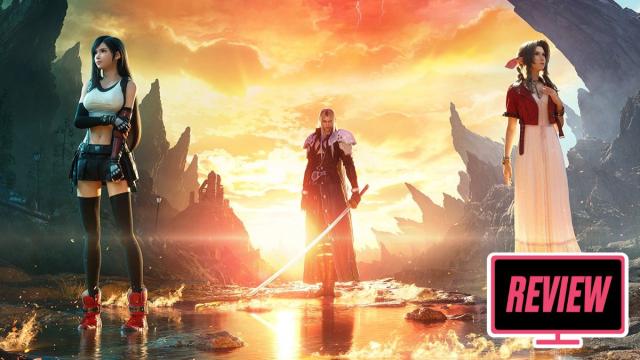
Leave a Reply